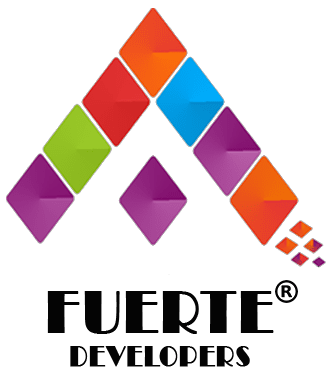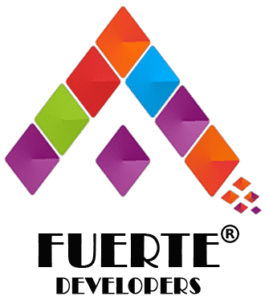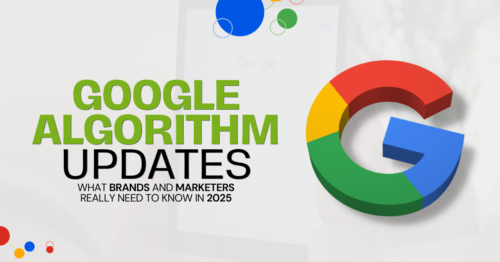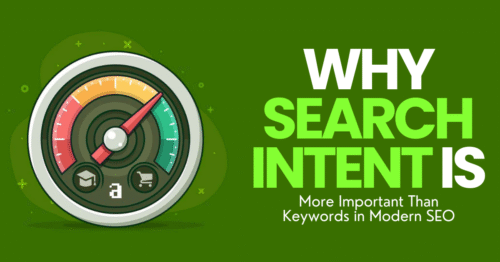In the ever-evolving digital world, brands face an exciting yet complex challenge: How do you choose the right digital marketing strategy that delivers results? With endless acronyms and tactics flying around, three strategies dominate the conversation—SEO, PPC, and Social Media Marketing. Each has its own strengths, benefits, costs, and learning curves. So, which one is right for your brand?
In this in-depth guide, we’ll break down what each strategy is, what it offers, and how to decide which approach aligns best with your brand’s goals. Whether you’re a startup bootstrapping your marketing or an established brand optimizing your digital presence, this guide is for you.
Understanding the Basics
Before choosing a strategy, you need to understand what SEO, PPC, and Social Media Marketing really mean:
1. SEO (Search Engine Optimization)
SEO is the practice of optimizing your website and content so that it ranks higher in search engine results organically. The goal? To appear on the first page of Google (or Bing or Yahoo) when users search for keywords related to your business.
2. PPC (Pay-Per-Click Advertising)
PPC is a paid advertising model where you pay each time someone clicks on your ad. Google Ads is the most popular PPC platform, but there are others like Bing Ads and even social media platforms offering PPC options.
Check this – Common Google Ads Mistakes That Are Draining Your Budget
3. Social Media Marketing
This involves using platforms like Instagram, Facebook, LinkedIn, Twitter (now X), and TikTok to promote your brand, engage with audiences, and even run paid advertising campaigns.
The Pros and Cons of Each Strategy
Let’s compare each method based on cost, time investment, scalability, and effectiveness:
SEO
Pros:
- Long-term, sustainable traffic
- Builds brand authority
- Cost-effective over time
- Attracts high-intent users
Cons:
- Takes time (3–6 months minimum for results)
- Needs ongoing optimization
- Algorithm changes can affect rankings
PPC
Pros:
- Immediate visibility
- Great for testing new products or offers
- Precise targeting options
- Easy to track ROI
Cons:
- Can be expensive
- Once you stop paying, traffic stops
- High competition in popular niches
Social Media Marketing
Pros:
- Builds brand awareness and community
- Highly visual and engaging
- Organic + paid options
- Viral potential
Cons:
- Organic reach is declining
- Needs constant content creation
- Harder to drive conversions directly
What Should You Choose Based on Your Goals?
Goal 1: Brand Awareness
Go with Social Media Marketing. Platforms like Instagram and TikTok can help you reach a wide, engaged audience quickly.
Goal 2: Immediate Sales/Leads
Choose PPC. Want conversions fast? Google Ads or Facebook Lead Ads can generate traffic and leads within days.
Goal 3: Long-Term Growth
Invest in SEO. It’s a slower game, but once your content ranks, it keeps bringing traffic without additional ad spend.
Goal 4: Building a Community
Social Media wins again. It’s the perfect place to start conversations, get feedback, and engage directly with your audience.
The Smartest Strategy? A Combination
The truth is, most successful brands use a mix of all three. Here’s how you could layer them:
- Start with PPC to drive traffic and test offers.
- Use SEO to build authority and long-term traffic.
- Leverage social media to connect, engage, and retain customers.
This multi-pronged approach ensures you’re visible in multiple touchpoints during your customer’s buying journey.
Budget Considerations
Low Budget (Under $500/month):
- Focus on SEO and organic social media.
- Use free tools like Google Analytics, Canva, and Buffer.
Mid-Level Budget ($500-$2,000/month):
- Mix of SEO, some PPC (retargeting or branded campaigns), and social media scheduling/boosted posts.
High Budget ($5,000+/month):
- Run comprehensive PPC campaigns.
- Invest in content creation, SEO tools, influencer marketing, and paid social campaigns.
Industry-Specific Strategy Suggestions
E-commerce Brands:
- Strong PPC + Retargeting Ads + Instagram Shopping
Local Businesses:
- Local SEO + Google Ads + Facebook Events
B2B Services:
- LinkedIn Marketing + SEO + Thought Leadership Blogs
Startups:
- Social Media Buzz + Google Ads + Landing Page SEO
The future of SEO: How people will get their questions answered in 2+ years
Tracking Success
No matter what you choose, you must measure performance:
- Use Google Analytics for web traffic and conversions.
- Use Search Console to track keyword performance.
- Use social media insights for engagement rates.
- Use UTM parameters for tracking ads across platforms.
Final Thoughts
There’s no one-size-fits-all answer in digital marketing. The best strategy for your brand is the one that aligns with your goals, resources, and audience behavior. Whether you choose SEO, PPC, Social Media—or a strategic combination—make sure your efforts are backed by data and driven by value.
About Fuerte Developers
At Fuerte Developers, we specialize in IT solutions and digital marketing services tailored to your brand’s unique needs. Whether you’re looking to boost organic traffic, launch powerful PPC campaigns, or dominate social media—our expert team is here to make it happen.
📩 Get in touch today to transform your digital presence!







